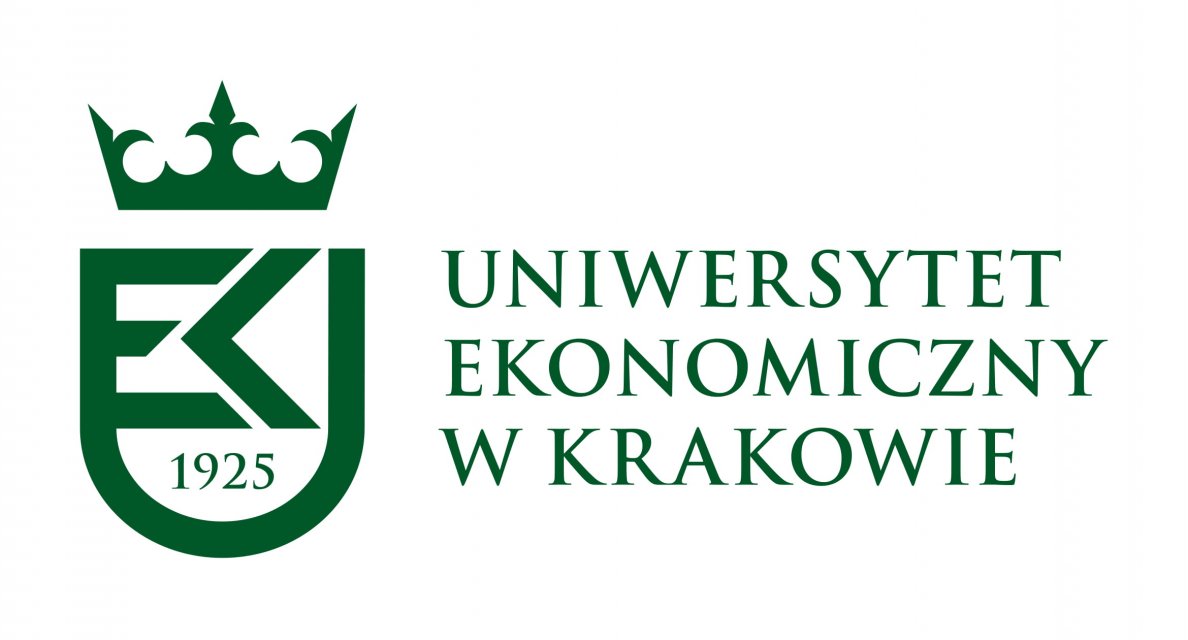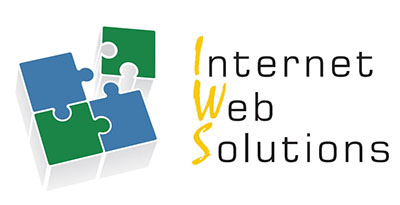Test Yourself! 
Description:
Równowaga między życiem zawodowym a prywatnym (work life balance, WLB) to temat, który jest coraz częściej eksplorowany i interesuje zarówno organizację, jak i jednostki. Korzyści dla jednostek to lepsze zdrowie i jakość życia, co wpływa na produktywność i wydajność organizacji. W ramach szkolenia przedstwione będzie pojęcie WLB i rozróżnienie różnych typów zaburzeń WLB. Omówione zostaną również korzyści płynące z WLB zarówno dla jednostki, jak i organizacji. W ramach szkolenia zidentyfikowane zostaną sposoby poprawy WLB i zmniejszenia zaburzeń WLB.
Keywords
Równowaga między życiem zawodowym a prywatnym, wypalenie zawodowe, zdrowie osobiste, wybory strategiczne
Bibliography
Adkins, C. and Premeaux, S. (2012), “Spending time: the impact of hours worked on work‐family conflict”, Journal of Vocational Behavior, Vol. 80 No. 2, pp. 380‐389.
Carlson, D., Grzywacz, J., Ferguson, M., Hunter, E., Clinch, C. and Arcury, T. (2011), “Health and turnover of working mothers after childbirth via the work‐family interface: an analysis across time”,Journal of Applied Psychology, Vol. 96 No. 5, pp. 1045‐1054.
Chen, Z. and Powell, G. (2012), “No pain, no gain? A Resource‐based model of work‐to‐family enrichment and conflict”, Journal of Vocational Behavior, Vol. 81 No. 1, pp. 89‐98.
Clark, S. (2000), “Work/family border theory: a new theory of work/life balance”, Human Relations, Vol. 53 No. 6, pp. 747‐770.
Goetzel, R. and Ozminkowski, R. (2008), “The health and cost benefits of work site health‐ promotion programs”, Annual Review of Public Health, Vol. 29, pp. 303‐323.
Greenhaus, J. and Powell, G. (2006), “When work and family are allies: a theory of work family enrichment”, Academy of Management Review, Vol. 31 No. 1, pp. 72‐92.
Kalliath, T. and Brough, P. ( 2008), “Work‐Life balance: a review of the meaning of the balance construct”, Journal of Management & Organization, Vol. 14 No. 3, pp. 323‐327.
Mescher, S., Benschop, Y. and Doorewaard, H. (2010), “Representations of work‐life balance support”, Human Relations, Vol. 63 No. 1, pp. 21‐39.
Meyer, J. and Maltin, E. (2010), “Employee commitment and well‐being: a critical review, theoretical framework and research agenda”, Journal of Vocational Behaviour, Vol. 77 No. 2, pp. 323‐337.
Peeters, M. C., Montgomery, A. J., Bakker, A. B., & Schaufeli, W. B. (2005). Balancing work and home: How job and home demands are related to burnout. International Journal of Stress Management, 12(1), 43.
Premeaux, S., Adkins, C. and Mossholder, K. (2007), “Balancing work and family: a field study of multi‐dimensional, multi‐role work‐family conflict”, Journal of Organizational Behavior, Vol. 28 No. 6, pp. 705‐727.
Putri, A., & Amran, A. (2021). Employees Work-Life Balance Reviewed From Work From Home Aspect During COVID-19 Pandemic. International Journal of Management Science and Information Technology, 1(1), 30-34.
Zheng,C, Molineux,J, Mirshekary,S and Scarparo,S 2015, Developing individual and organisational work-life balance strategies to improve employee health and wellbeing, Employee Relations, vol. Vol. 37, no. Iss 3, pp. 354-379

 Odtwórz wersję audio
Odtwórz wersję audio 














